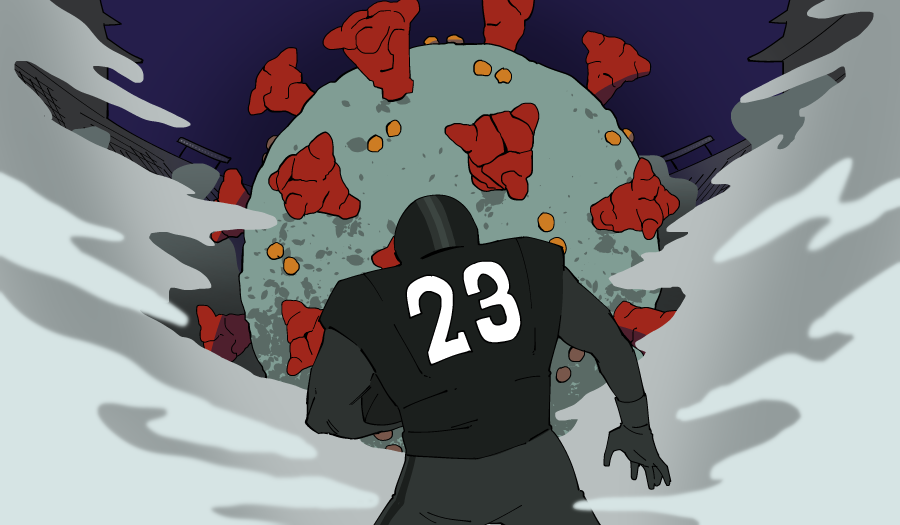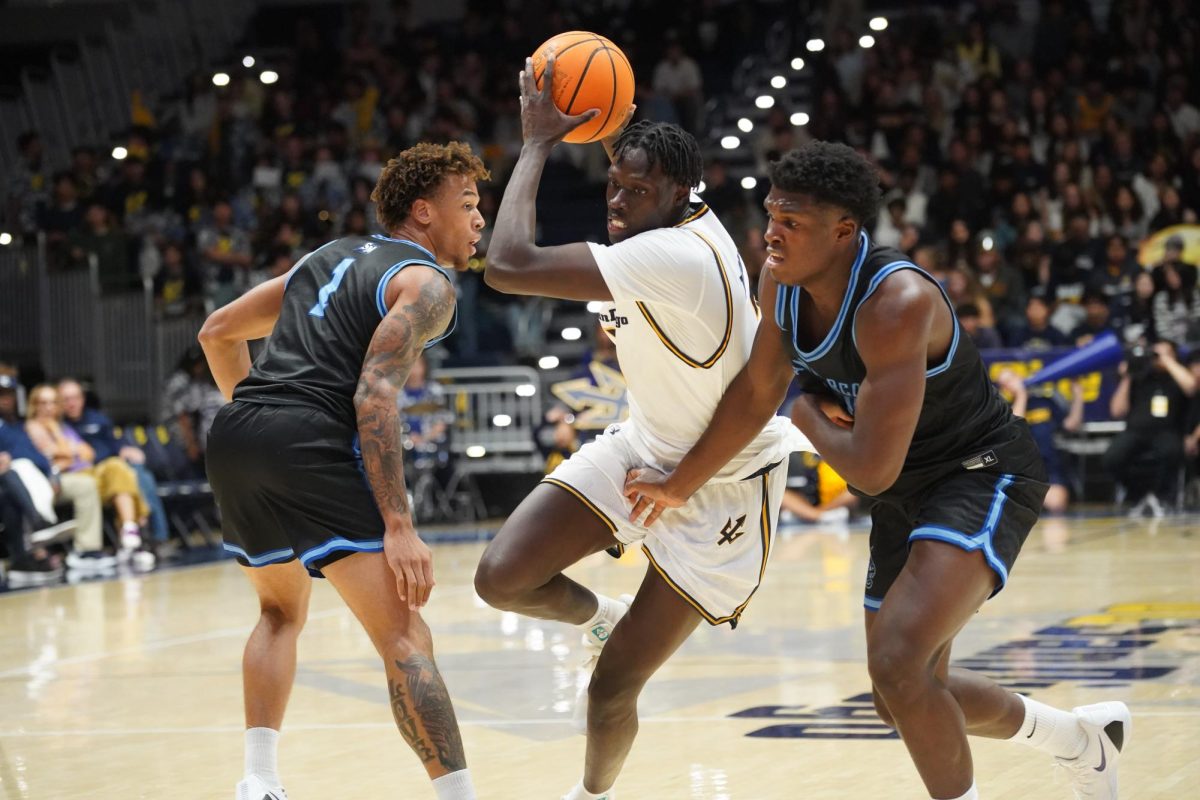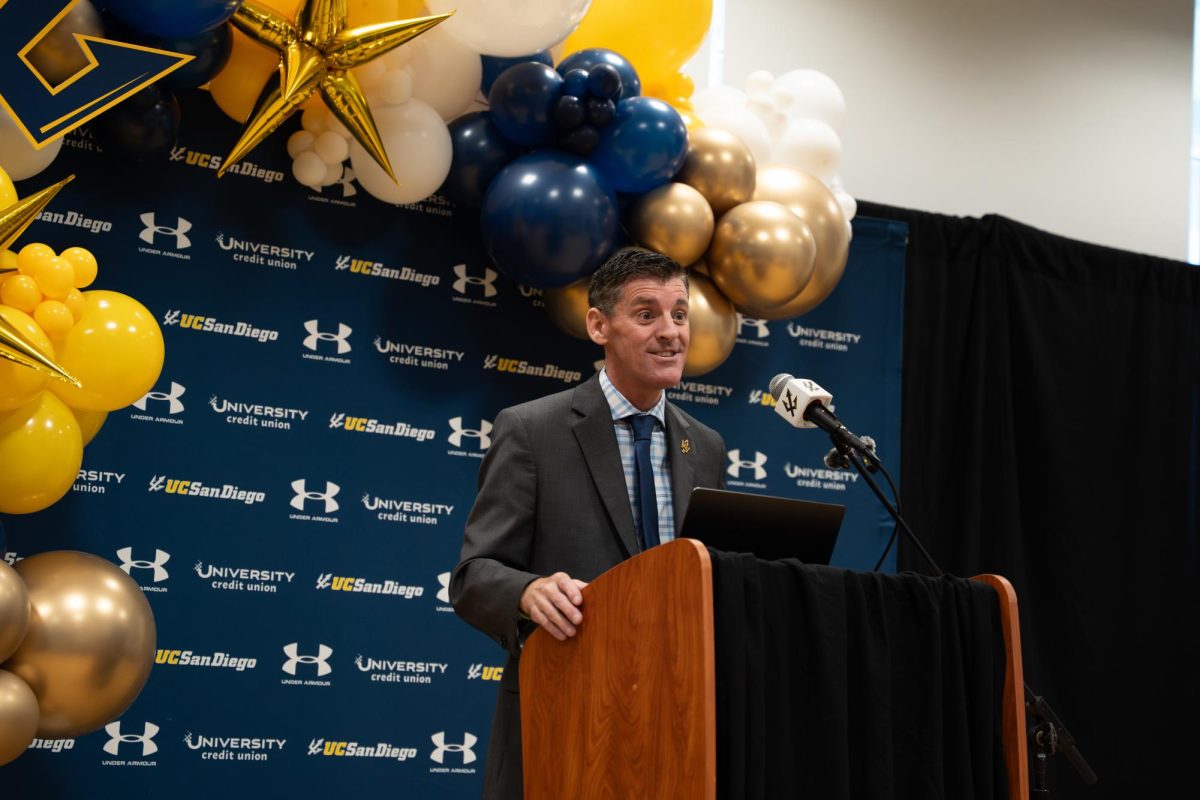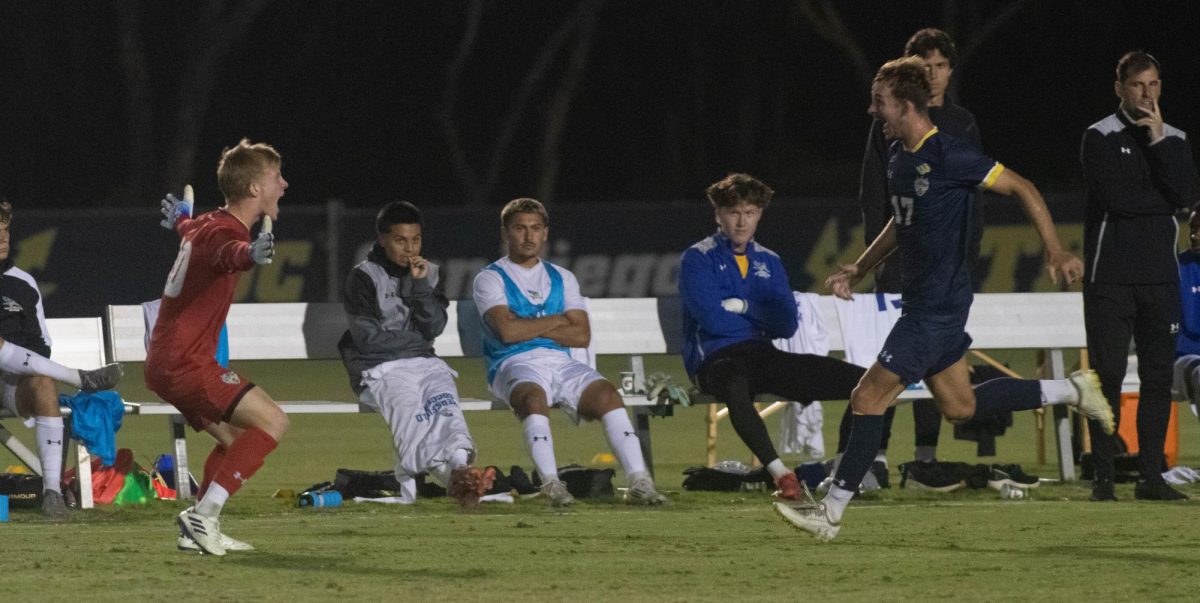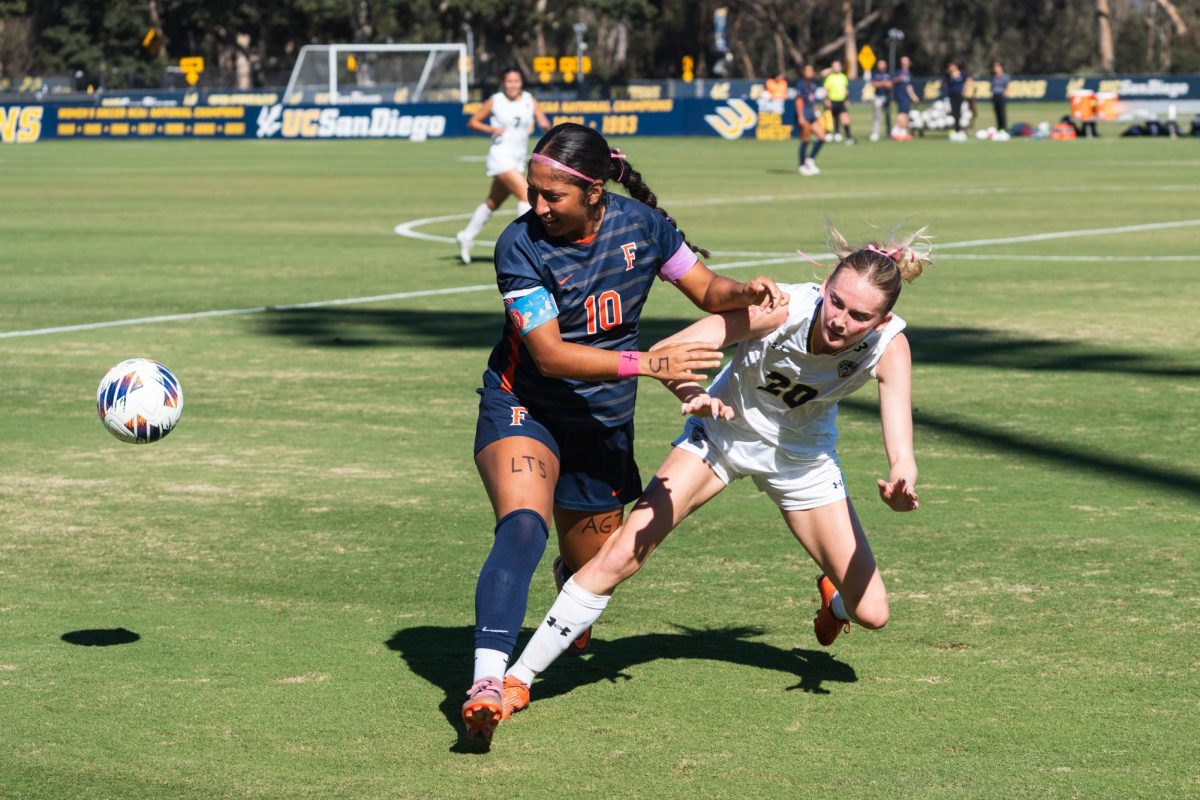Players, owners, teams, and fans alike had many concerns and questions heading into this 2020 NFL season, with COVID-19 posing a serious threat to all involved. Through the condensed offseason and first three weeks of the season, there have been a significant number of serious injuries to notable players, an increase in passing success and efficiency, and a boom in overall offensive scoring. Yes, we have not seen a global event like COVID-19 and its effects on any sports season, let alone a NFL season before, but we don’t have to go far back in league history to realize that maybe we should have seen all these injuries and the offensive explosion coming.
In the 2011 offseason, the NFL Players Association (NFLPA) and the NFL owners were in a stalemate on agreeing to a new Collective Bargaining Agreement (CBA). As a result, from Mar. 12 to Jul. 25 of that year, there was no regularly scheduled offseason as free agency, organized team activities, and all events at team facilities were suspended. With such a prolonged period of time away from team practice and training, players were left to work out on their own, which prevented many from getting into the necessary football shape for the season. The effects of the lack of conditioning were felt almost immediately, as within the first 12 days of training camp, there were 10 Achilles ruptures and numerous other significant injuries that shattered the record set the previous year.
Similarly, this year, once the coronavirus struck in March, teams began to conduct their team meetings and practices virtually, and they didn’t have access to their facilities until late July when rookies and quarterbacks were finally able to start camp. Again, players were primarily left on their own to stay in shape — but without the physical conditioning of live practice, any preseason games, and workout sessions held by weight coaches, these players didn’t get nearly as much preparation for the grueling NFL season as they should have. And as you would’ve guessed, through the first two weeks of the season, there has been an influx of injuries.
But during this season, however, injuries have taken an unprecedented amount of franchise cornerstones, including the likes of Nick Bosa, Christian McCaffery, Von Miller, Courtland Sutton, Saquon Barkley, Michael Thomas, and more. Teams like the 49ers, Eagles, and Broncos have also been absolutely decimated by injuries — the 49ers played the Giants with just 40 percent of their starters, the Eagles are missing four out of five starting offensive linemen, and the Broncos, well… the Broncos are so injury-ridden they nearly lost to the New York Jets on Thursday Night Football. Without giving teams the necessary time to ramp up their conditioning to get their players into the shape they need, the NFL is setting up players and teams to fail. Yes, sprints and pushing sleds are great, but there is no way to simulate getting hit by a linebacker crashing through a gap. Five weeks is not enough time for players to prepare and get conditioned for a 17-week long season.
Another similarity to the 2011 season is the offensive explosion we’ve seen around the league. Back in the lockout season, we saw Tom Brady, Drew Brees, and Matthew Stafford all throw for over 5,000 yards — something that had only been done twice before. There were also double the amount of 4,000-yard passers compared to the season before. Aaron Rodgers won league MVP that year, and to this day, his career bests in yards, touchdowns, and passer rating are from that 2011 season.
Why might this be? One theory is that while an offense can hold smaller, unofficial practices to run routes and work on plays, a defense cannot practice by itself as it needs an offense to go up against. Also, teams, specifically offenses, with heavy continuity through the offseason will have a head start on defenses that are acquiring new pieces or schemes which may take more time to develop a sense of chemistry.
Through three weeks of the 2020 season, teams are, on average, scoring 25.6 points per game, which is the highest mark since 1948. Yes, it is likely this number may regress a bit once defenses find their footing, but from what we’ve seen so far there will be no stopping Russell Wilson or Patrick Mahomes. One of the biggest offseason grumblings was that the Seahawks were finally going to “Let Russ Cook,” with Wilson coming off of a stellar 2019-20 season. Seattle offensive coordinator Brian Schottenheimer has done just that, and Wilson has exceeded any and all expectations as he has thrown for an NFL record 14 touchdowns through three games while sporting an astounding 139 passer rating. Mahomes, on the other hand, has 9 touchdowns to zero interceptions, and is on pace for 4,800 yards through the air after putting on a clinic against the Baltimore Ravens.
But it’s not just the stars that are showing up — quarterback play has also been improving around the league; through three weeks, 17 quarterbacks have a passer rating over 100 while only 12 reached this mark a year ago. Almost everyone — sorry New York football fans — is having offensive success. Even the projected worst team in the league, the Jacksonville Jaguars, have had Gardner Minshew have two games with 3 touchdowns and no interceptions. What can you say? 2020 is a weird year.
In such an unpredictable season where COVID could strike a team at any time — indeed, we are starting to see more players testing positive in the leadup to Week 4 — it’s hard to know what to expect. The 2011 lockout season indicated that injuries may spike due to players lacking a full offseason, and that passing and offenses would dominate defenses. Hopefully, as the season progresses and players get into better shape, injuries become less common. But for the rest of the season, don’t be surprised to see passing records broken and high scoring offenses gain the upper hand. As a fan of the game, though, I’m just glad we have football back.
Art by Yui Kita


